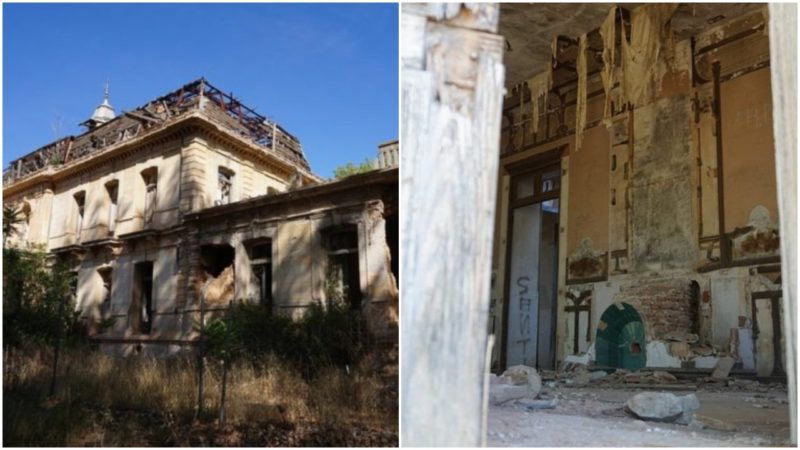The Palace of Gosálvez is located in the province of Cuenca, Spain, on the banks of the Júcar River, which is the natural border between the Cuenca and Albacete provinces. On the other side of the river the town of Villalgordo del Júcar can be seen.
Gosálvez Palace was built in the French Versailles style, which at the time was common with palaces and big houses in the north of Spain. There are many other bigger and smaller palaces built in this style in the north, but this is one of the very few palaces in this kind in the central-southern part of Spain.
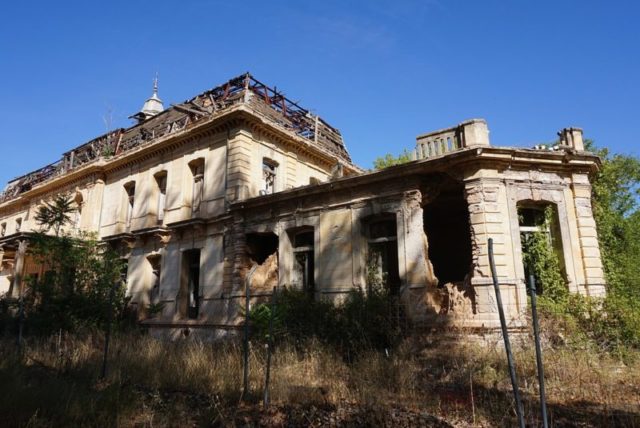
The Palace of Gonsálvez consists of one central building with three floors, and two wings of that spread from the sides. In total there were 368 windows in the palace and it is believed that the same amount of doors existed.
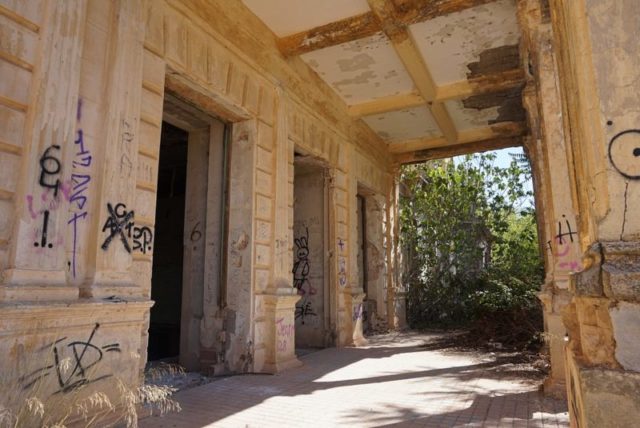
The roof was made out of zinc that is now long gone, looted and probably melted down years ago. There was also a small tower at the center of the roof that served as a viewpoint from where a guard was always keeping an eye on the horizon. Among other features worth mentioning that are now sadly removed are the big wooden main gate and the fireplace in the main living room. The furniture along with the many many decorations on the walls and ceilings are also gone or in a very damaged and poor condition.
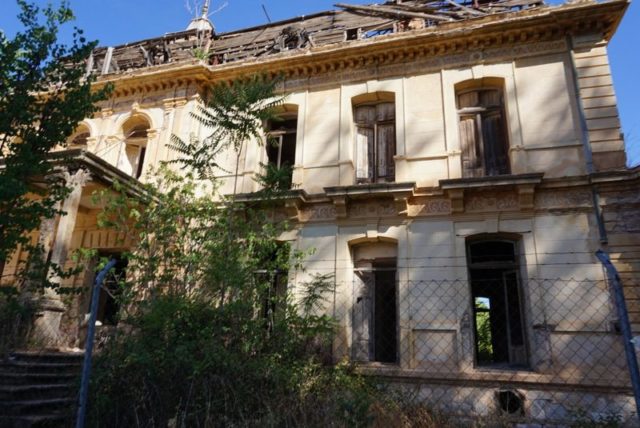
In the center of a Versailles styled palace there has to be a fountain atrium and the Palace of Gosálvez is no exception to this rule. The fountain inside Gonálvez Palace was named by Alejandra, wife of the Russian Tsar Nicholas II, upon a visit: She named it “La Zarina.” Today only the the base of what was once the centerpiece of a classy, cooling courtyard remains.
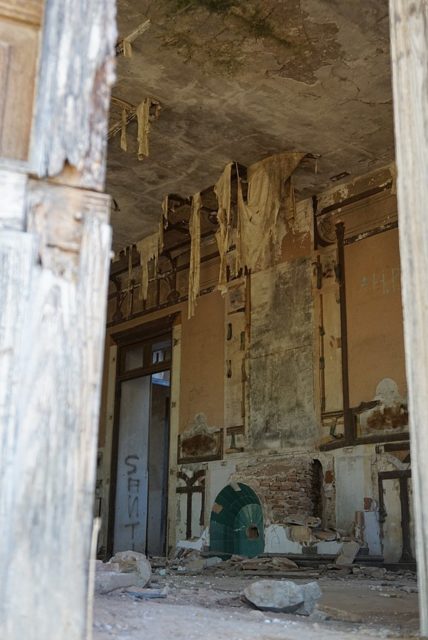
After decades of deterioration a group of residents of Villalgordo del Júcar formed an organization named “Friends Association of the Gosálvez Palace and its surroundings.” Their mission, as the name suggests, was to preserve and restore the beautiful palace and it’s gardens. After years of protesting and working to raise awareness of the issue they finally succeeded — in July 2006 the palace was bought by a family that was already in the hotel business and they signed a contract that they would renovate and reopen the Palace of Gosálvez as a new hotel.
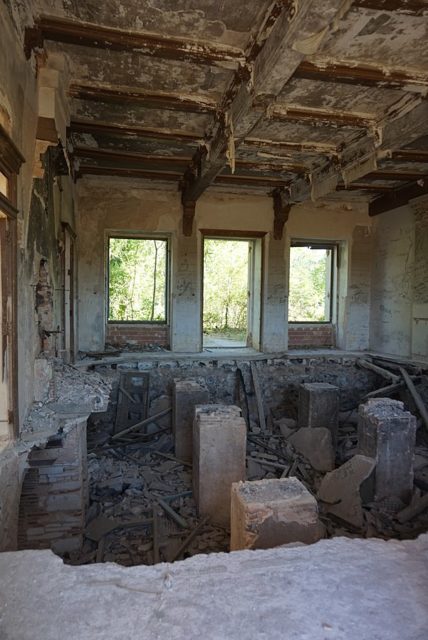
Works of cleaning and small calculated deconstruction of already partially destroyed parts of the building started right away. The yards and the many surrounding gardens were cleaned and rehabilitated, ready to be planted and groomed once again. This action was noticed by the local government and this unique building of the mid-nineteenth century was declared a monument of Historic and Cultural Interest.
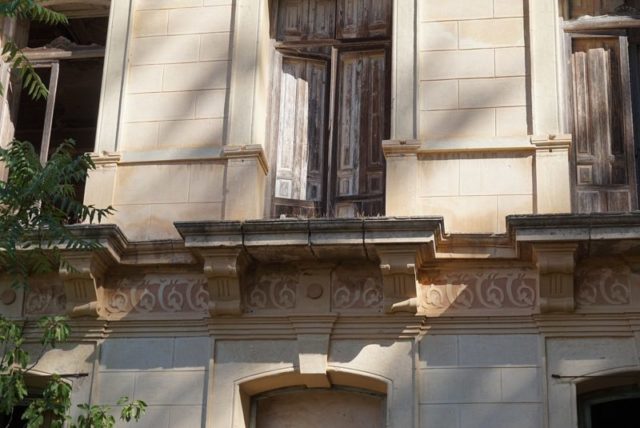
Close to the Palace of Gosálvez the remains of a paper mill, also from the 1800s, can be found. It was called “Puente de Don Juan” (Don Juan Bridge) and was the second longest continuously working paper mill in Spain. However, during the Spanish Civil War, the process was transferred to the Basque Country and the former factory building by the Júcar River was abandoned. Since then the “Papelera” building has been decomposing and to this day only it’s foundations can be seen.
